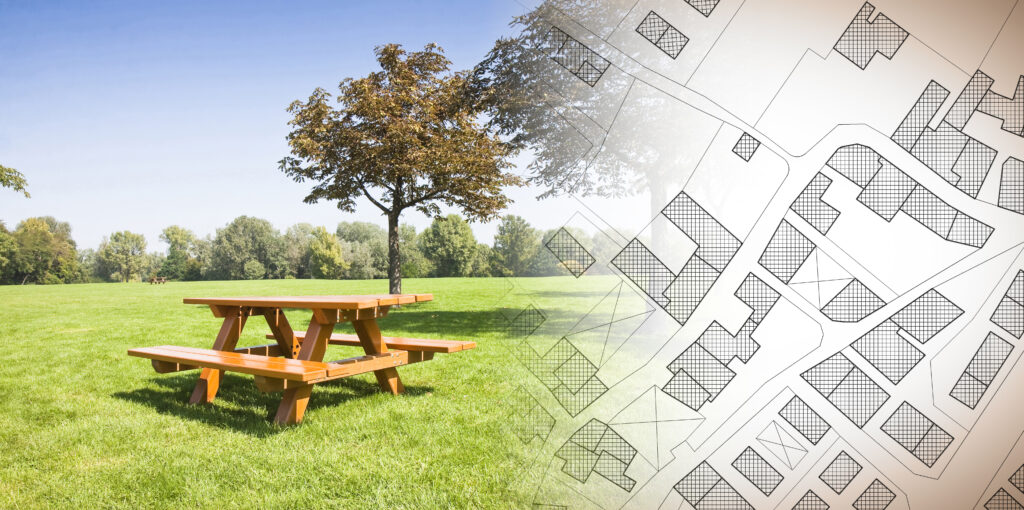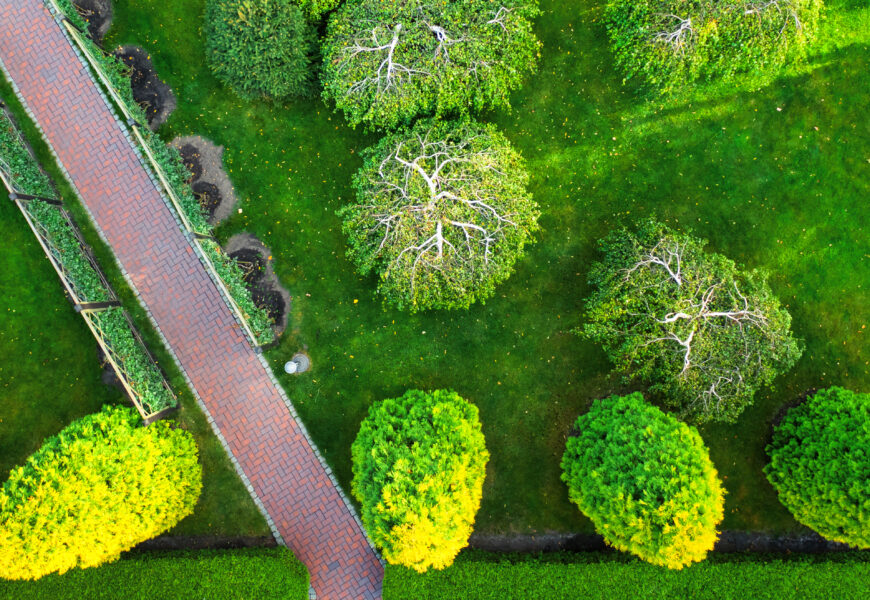Whether working with a sprawling yard or a compact urban space, planning your garden layout is the crucial first step to creating an outdoor oasis. This guide will help you transform your backyard into a well-organized, beautiful garden space that meets your needs and enhances your home’s value.
Assessing Your Space
Before diving into the planning process, take time to evaluate your yard’s unique characteristics:
Understanding your climate zone is essential for successful garden planning. This knowledge helps you select plants that will thrive in your specific environment and arrange them in suitable locations throughout your space.
Take note of existing features like trees, structures, and slopes. These elements will influence your design decisions and might present either challenges or opportunities in your layout planning.
Creating Functional Zones
Effective garden layouts typically incorporate distinct areas for different purposes:
Consider creating separate zones for dining, relaxation, play areas, and gardening. This zoning approach helps organize your space efficiently while ensuring each area serves its intended purpose effectively.
Think about the natural flow between these zones. How will people move through the space? Ensure pathways are logical and comfortable to navigate.

Essential Design Elements
Incorporate these key components for a well-rounded garden layout:
Focal points draw the eye and create visual interest. This could be a beautiful tree, a water feature, or an attractive seating area. Position these elements where they’ll have the most impact and help guide movement through the space.
Consider vertical elements like trellises or pergolas to add height and dimension to your garden. These structures can also create privacy and support climbing plants.
Planning for Growth
Your garden layout should accommodate future growth and changes:
Leave adequate space between plants based on their mature sizes. This foresight prevents overcrowding and reduces maintenance needs as your garden develops.
Plan for seasonal changes by incorporating plants that provide interest throughout the year. This might include spring bulbs, summer-flowering perennials, fall foliage, and winter berries.
Practical Considerations
Factor in these practical elements when planning your layout:
Ensure easy access to water sources for irrigation. Consider installing a drip system or placing plants with similar water needs together for efficient watering.
Plan for maintenance access. Make sure you can easily reach all areas of your garden for weeding, pruning, and other maintenance tasks.
Making the Most of Small Spaces
Don’t let limited space restrict your garden planning:
Utilize vertical space with wall-mounted planters, climbing plants, or tiered containers. This approach maximizes growing area while creating visual interest.
Consider multi-functional elements, such as built-in seating with integrated planters or foldable furniture that can be stored when not in use.
Technical Aspects
Pay attention to these technical details for optimal garden function:
Proper drainage is crucial for any garden layout. Ensure your design includes slight slopes away from structures, and consider installing drainage solutions if needed.
Plan for lighting to extend the usability of your space into the evening hours. Solar-powered options offer energy-efficient illumination for pathways and feature areas.
A well-planned garden layout is the foundation of a successful outdoor space. Consider all aspects of your design, from practical needs to aesthetic preferences. Remember that the best gardens evolve over time, so build flexibility into your plan to accommodate changes as your needs and preferences develop.
Start with a solid framework and be patient as your garden grows into the space you’ve envisioned. With careful planning and attention to detail, you can create a garden layout that brings beauty and functionality to your backyard for years to come.




